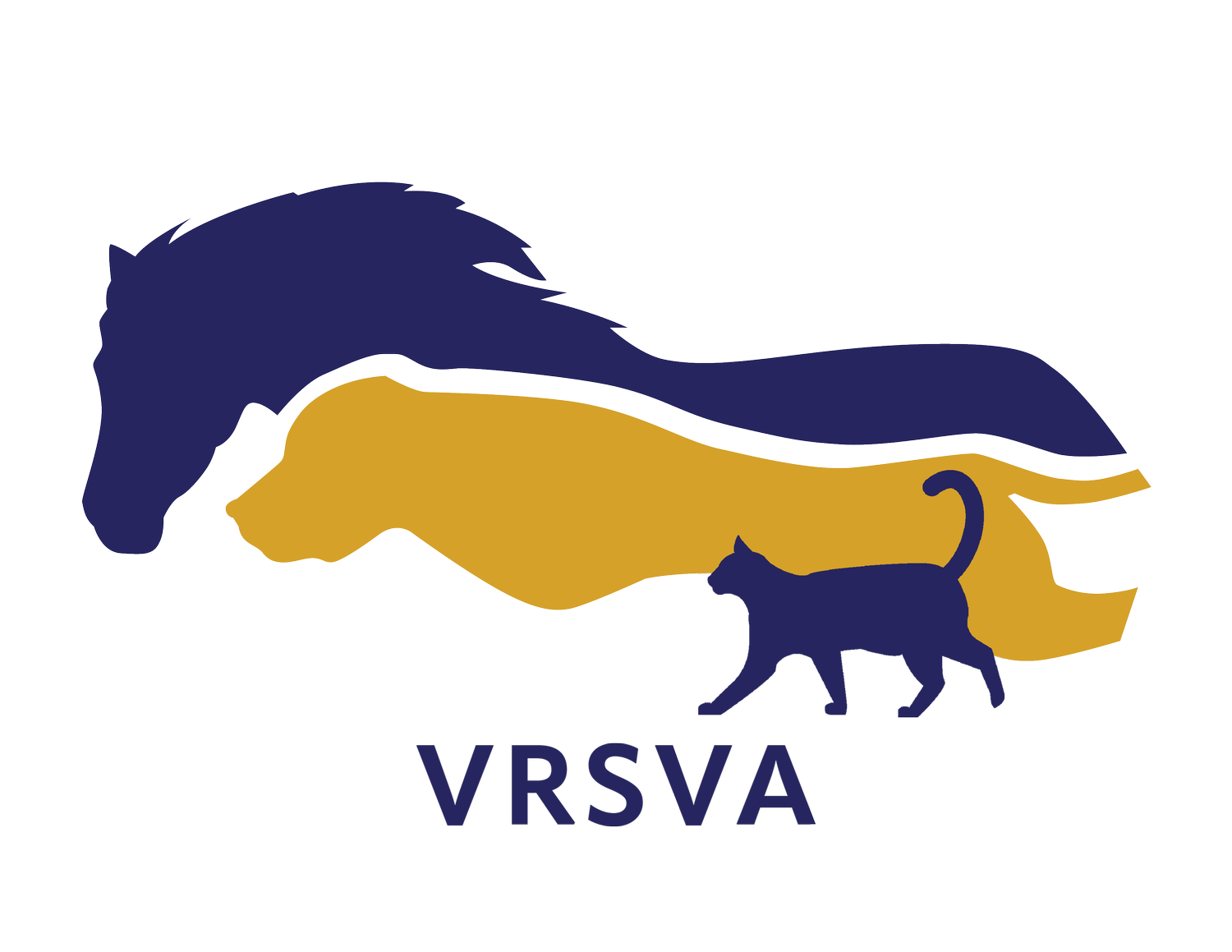Therapeutic Ultrasound in Rehabilitation
While many people are familiar with the use of ultrasound as a diagnostic imaging tool, fewer are familiar with the use of ultrasound for therapeutic purposes. Therapeutic ultrasound is a non-invasive treatment modality that is non-painful and very well tolerated by animals without any sedation. It speeds up the healing of injured muscles, tendons and ligaments by decreasing inflammation and encouraging repair to occur in an orderly and efficient fashion — keeping pain and scarring to a minimum.
A therapeutic ultrasound machine delivers sound waves to tissues, creating acoustic effects, thermal effects, and mechanical vibration. Benefits of these effects include:
- Increased blood flow: The thermal effects of treatment increase blood flow to the area, improving tissue oxygenation, reducing swelling, aiding in the removal of waste products, and delivering the cells involved in healing to the affected area.
- Muscle relaxation: Thermal effects encourage muscle relaxation to ease tense or spastic muscles, resulting in pain relief for the patient.
- Endorphin release: Therapeutic ultrasound can stimulate the release of endorphins, which are naturally occurring pain relievers in the body.
- Resolution of inflammation: This treatment modality stimulates the immune cells involved in inflammatory mediation, encouraging resolution of the inflammatory phase of healing.
- Collagen production: It stimulates growth factors and organized collagen production during the proliferation phase of healing.
- Scar remodeling: Therapeutic ultrasound can help break down calcium deposits in disorganized chronic scar tissue, encouraging some remodeling.
Therapeutic ultrasound can be used on a variety of injuries: muscle, tendon, ligament, bone, and more. A study recently evaluated its use on one of the most common and more challenging injuries to heal in horses: suspensory ligament desmitis. Tissue goes through a specific sequence of inflammation, proliferation and remodeling on its way to healing, but this area is particularly slow to heal because of its poor vascularization. It typically take 3-6 months for a suspensory ligament injury to heal. The study evaluated 23 horses with suspensory ligament injuries who were treated for an average of 3 weeks with therapeutic ultrasound, followed by a controlled back-to-work exercise program. Horses showed full healing of the ligament an average of 7 weeks after injury and 87% of horses (20 of 23) returned to full competition an average of only 21 weeks after injury. This is a shorter healing time and a higher return to full athletic potential than without the use of therapeutic ultrasound.
Therapeutic ultrasound is used commonly on people as a part of physical therapy and its use is rapidly increasing in animals. Treatments should generally be performed several times per week for the first few weeks, monitoring healing and adjusting the protocol based on healing. The modality is ideal for most patients, but is not recommended for cancer patients — as it increases blood flow and could potentially encourage spreading of cancer cells — and for areas with metal implants, as the metal may heat excessively compared to biologic tissue.
We are happy to discuss your animal and whether therapeutic ultrasound may aid in their unique rehabilitation needs!
Carrozzo, U. Assessment of Noninvasive Low-Frequency Ultrasound as a Means of Treating Injuries to Suspensory Ligaments in Horses: A Research Paper. Journal of Equine Veterinary. Vol 80, 2019, p 80-89.

